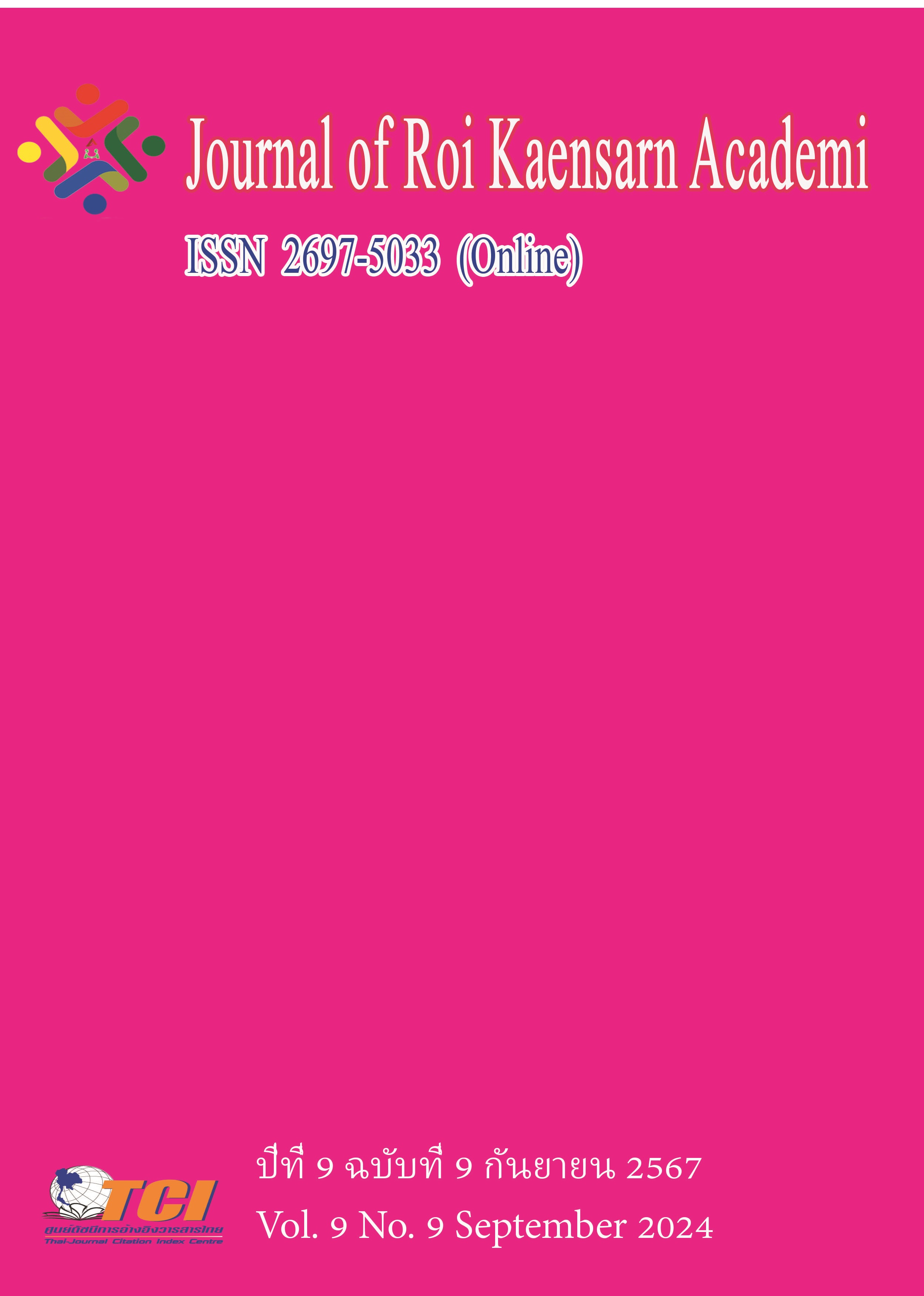การวิเคราะห์องค์ประกอบเชิงยืนยันการฟังที่มีประสิทธิผลของ ข้าราชการครูและบุคลากรทางการศึกษา
Main Article Content
บทคัดย่อ
การวิจัยนี้มีวัตถุประสงค์เพื่อวิเคราะห์องค์ประกอบเชิงยืนยันการฟังที่มีประสิทธิผลของข้าราชการครูและบุคลากรทางการศึกษา และเพื่อตรวจสอบความสอดคล้องของโมเดลการฟังที่มีประสิทธิผลของข้าราชการครูและบุคลากรทางการศึกษากับข้อมูลเชิงประจักษ์ กลุ่มตัวอย่าง ได้แก่ ข้าราชการครูและบุคลากรทางการศึกษา ที่สอนในโรงเรียนระดับชั้นมัธยมศึกษา สำนักงานเขตพื้นที่มัธยมศึกษา พังงา ภูเก็ต ระนอง ซึ่งมีจำนวนประชากร 1,369 คน ในการศึกษาครั้งนี้ใช้กลุ่มตัวอย่างทั้งสิ้นจำนวน 150 คน มีขั้นตอนการสุ่มกลุ่มตัวอย่างแบบหลายขั้นตอน เครื่องมือที่ใช้ในการวิจัยเป็นแบบสอบถามวัดการฟังที่มีประสิทธิผลของข้าราชการครูและบุคลากรทางการศึกษา การวิเคราะห์ข้อมูลในขั้นแรกเป็นการวิเคราะห์องค์ประกอบเชิงสำรวจ วิเคราะห์ด้วยโปรแกรมสำเร็จรูปทางสถิติทางสังคมศาสตร์ ในขั้นที่สองเป็นการวิเคราะห์องค์ประกอบเชิงยืนยันอันดับสอง วิเคราะห์ด้วยโปรแกรม LISREL ผลการวิเคราะห์องค์ประกอบเชิงยืนยัน ผลการศึกษาพบว่า โมเดลการวัดการฟังที่มีประสิทธิผลของข้าราชการครูและบุคลากรทางการศึกษา สอดคล้องกลมกลืนกับข้อมูลเชิงประจักษ์ โดยไค-สแควร์ (^2) = 124.276 , p =.981 df = 149 ค่าสถิติไคสแควร์สัมพัทธ์ (^2 / df) = .812, RMSEA = .000, NNFI = 1.010, CFI = 1.000, SRMR = .049 และ GFI = .939 องค์ประกอบการฟังที่มีประสิทธิผลของข้าราชการครูและบุคลากรทางการศึกษาประกอบด้วย 6 องค์ประกอบ ได้แก่ ด้านการได้ยิน (.755) ด้านความเข้าใจ (.942) ด้านการจดจำ (.867) ด้านการตีความ (.867) ด้านการประเมิน (1.000) และด้านการตอบสนอง (.868)
Article Details
เอกสารอ้างอิง
มนตรี พิริยะกุล. (2553). ตัวแบบเส้นทางกำลังสองน้อยที่สุดบางส่วน. รายงานการประชุมวิชาการสถิติและสถิติประยุกต์ ครั้งที่ 11 ประจำปี 2553. กรุงเทพมหานคร: ภาควิชาสถิติ คณะวิทยาศาสตร์ มหาวิทยาลัยรามคำแหง.
สมชาย วรกิจเกษมสกุล. (2554). ระเบียบวิธีการวิจัยทางพฤติกรรมศาสตร์และสังคมศาสตร์. (พิมพ์ครั้งที่ 2).อุดรธานี: อักษรศิลป์การพิมพ์
สำนักบริหารงานการมัธยมศึกษาตอนปลาย สพฐ. (2566). ระบบข้อมูลสารสนเทศด้านคุณภาพมัธยมศึกษา. ออนไลน์. สืบค้นวันที่ 10 กุมภาพันธ์ 2567. แหล่งที่มา: https://sesa.obec.go.th/index.php.
เสรี ชัดแช้ม. (2547). การวิเคราะห์องค์ประกอบเชิงยืนยัน CONFIRMATORY FACTOR ANALYSIS. วารสารวิจัยและวัดผลการศึกษา. 2 (1), 15-42.
Arcavi, A., & Isoda, M. (2007). Learning to listen: From historical sources to classroom practice. Educational studies in mathematics. 66, 111-129.
Brownell, J. (1990). Perceptions of effective listeners: A management study. The Journal of Business Communication. 27 (4), 401-415.
Cohen, D. K., & Ball, D. L. (1999). Instruction, capacity and improvement.
Hair, J.F. Jr., et al. (2010). Multivariate Data Analysis: A Global Perspective. 7th ed. Upper Saddle River, NJ : Pearson Education.
King, R. (2022). Effective listening skills. USA: Momee.
Kline, J. (1996). Listening effectively.
Kluger, A. N., & Itzchakov, G. (2002). The power of listening at work. Annual Review of Organizational Psychology and Organizational Behavior. 9(1), 121-146.
Sullivan MA, A. O. (2011). The importance of effective listening skills: Implications for the workplace and dealing with difficult people. Master’s degree Leadership Studies, University of Southern Maine.

